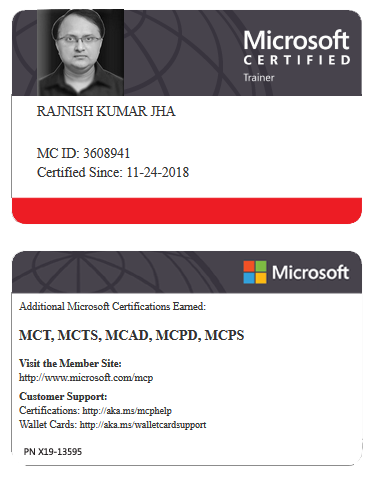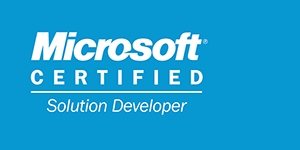Things to know about Git Hooks
Git hooks are scripts that are executed automatically in response to certain Git events. They help automate tasks during specific stages of Git operations, such as committing, pushing, cloning, or merging. Git hooks allow for customization and integration with external tools.
Types of Git Hooks
Git provides various types of hooks categorized into client-side (e.g., pre-commit, pre-push) and server-side (e.g., post-receive) hooks.
Client-Side Hooks:
Run on the local machine when performing Git actions such as commits, pushes, or checkouts.
Examples:
pre-commit: Runs before a commit is made.pre-push: Runs before pushing changes to remote repositories.
Server-Side Hooks:
Run on the server when events are triggered, such as receiving pushes or changes.
Examples:
post-receive: Runs after a push is received on the server.pre-receive: Runs before changes are accepted on the server.
Common Git Hooks and Use Cases
1. pre-commit:
Runs before a commit is created.
Common use case: Code linting, testing, or checking for potential errors before committing changes.
Example:
xxxxxxxxxx41# .git/hooks/pre-commit2npm run lint4npm test2. pre-push:
Executes before pushing changes to a remote repository.
Use it for integration tests or checks that need to pass before pushing.
Example:
xxxxxxxxxx31# .git/hooks/pre-push2npm test3. post-commit:
Executes after a commit is made.
Useful for tasks such as sending notifications or performing additional processes after commits.
Example:
xxxxxxxxxx31# .git/hooks/post-commit2git log -1 HEAD --stat > ~/commit-summary.txt1. pre-receive (Server-Side Hook):
Runs on the server side before a push is accepted.
Common use case: Code reviews or ensuring specific branch policies are followed.
Example:
xxxxxxxxxx61# .git/hooks/pre-receive2if [ "$(git rev-parse HEAD)" != "$(git rev-parse origin/main)" ]; then4 echo "Merging into main branch is not allowed."5 exit 16fiHow to Create and Configure Git Hooks
Create a Hook:
Hooks are placed in
.git/hooks/directory.They should be named according to their intended event (e.g.,
pre-commit,post-merge).
Make the Hook Executable:
xxxxxxxxxx11chmod +x .git/hooks/pre-commitEdit the Hook: Add custom logic to the hook file:
xxxxxxxxxx212echo "Hello from pre-commit hook!"Testing: You can manually trigger the hook by performing the action (e.g.,
git commit) or simulate it using Git commands.
Using Git Hooks in CI/CD Pipelines
Integration with CI/CD tools:
Hooks can be used to integrate with tools like Jenkins, GitHub Actions, or Azure DevOps for automated testing and deployment.
Best Practices for Using Git Hooks
Keep Hooks Simple: Avoid overly complex logic within hooks; they should focus on automating simple, repeatable tasks.
Error Handling: Implement error handling within hooks to ensure the Git operation does not fail silently.
Version Control: Store hooks in version control and ensure they are up-to-date with the latest changes.
Documentation: Document the purpose and behavior of each hook for team members to understand its function.






















Leave a Reply